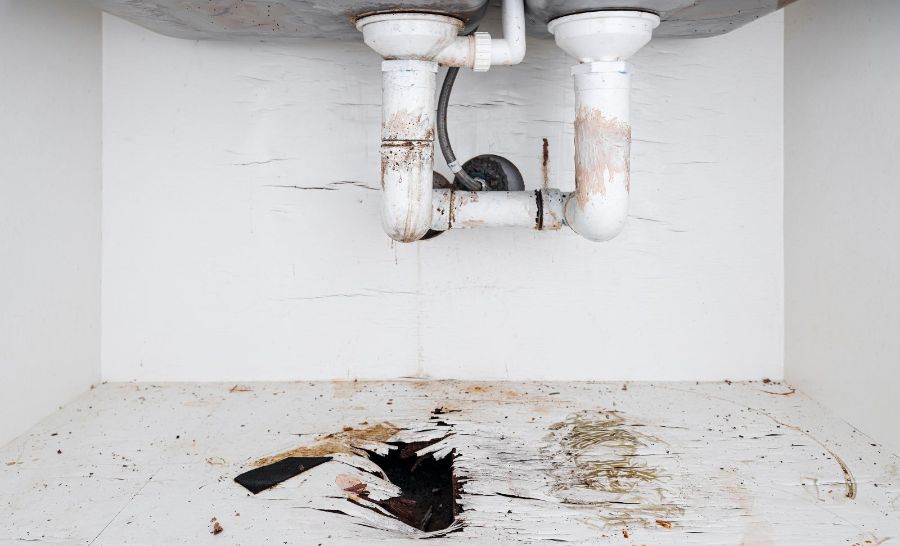Water is an essential part of every living creature on Earth. It’s also a destructive force that can
carve riverbeds out of solid rock, fill basements up to the brim, and even tear houses right off
their foundations and float them away. People design homes and buildings to stand up to rain
and other potentially damaging sources of water, but there’s only so much a house can do when
it floods.
carve riverbeds out of solid rock, fill basements up to the brim, and even tear houses right off
their foundations and float them away. People design homes and buildings to stand up to rain
and other potentially damaging sources of water, but there’s only so much a house can do when
it floods.
Of course, you hardly need to ask how to spot water damage after a flood. Instead, you’ll ask
because water can cause damage by getting in through a leak in the roof or along the ground of
your home. Even when it’s small, a water leak can weaken wood and other materials and lead to
a dangerous amount of mold growth. That’s why it’s a good idea to know how to identify water
damage: if you can spot the signs early, you can fix the leak and replaced the damaged areas
while the repair cost is still low.
1. Discoloration
The water that gets in through a leak is never pure water, and when it soaks into wood or drywall
it deposits the minerals, dirt, and other sediments it was carrying. This causes yellow and brown
stains where the water comes in, and they’re easy to spot once you know what you’re looking
for.
2. Warping
Wood and other sensitive materials like fiberglass-ceiling tiles and linoleum floors thicken up as
they soak up water, and when they dry they usually aren’t as flat and straight as when they
started. However, dry heat can also cause warping in some materials so run your hand on the
warped area to see if it feels hot or moist.
3. Bubbling And Peeling
Water damage can also affect paint and wallpaper, especially when it soaks through the material
the paint or paper is on. Discoloration can damage paint, but the warping effect can also create
bubbles, pockets of air between the paint or paper and the wall where the wall has contracted.
You may also notice peeling, places where the paint or wallpaper is falling off entirely.
4. Smell
Another reason water damage is dangerous is the fact that water can support termites, carpenter
ants, and other invasive pests. However, even if none of these pests manage to get into your
home you’ll still have to deal with mold growth. Mold creates a distinctive mildew smell where
it grows, and it causes additional discoloration that can help you locate damaged areas.
Water damage can seem like nothing more dangerous than a brown stain at first, but the warping
it causes can lead to structural damage and invites in mold, termites, and other unwelcome
guests. That’s why it’s important to locate spots of water damage early and fix the source of the
leak as soon as you can. Even if you don’t have to worry about a major flood coming through
and destroying your home, water can cause some significant damage if you let it.
guests. That’s why it’s important to locate spots of water damage early and fix the source of the
leak as soon as you can. Even if you don’t have to worry about a major flood coming through
and destroying your home, water can cause some significant damage if you let it.

